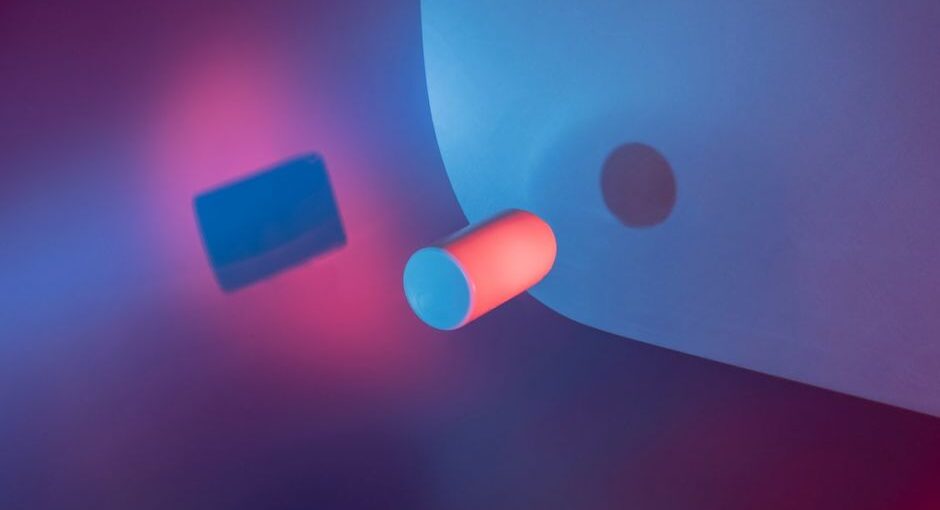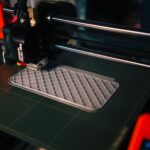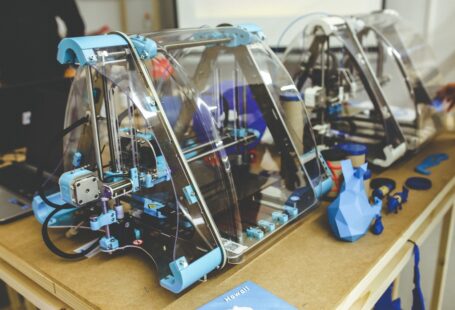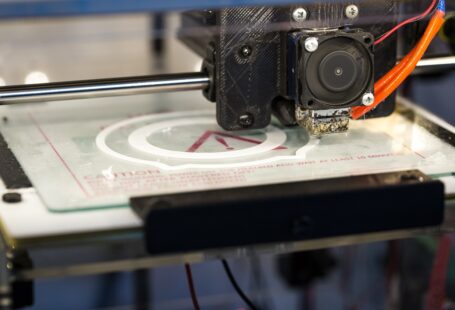3D printing has revolutionized the manufacturing industry, allowing for unprecedented levels of customization and versatility. One of the key components of 3D printing is the materials used to create objects. Translucent materials, such as acrylic and nylon, are becoming increasingly popular in 3D printing, as they offer a unique combination of properties that make them well-suited for a wide range of applications. In this guide, we’ll explore the different types of translucent materials available for 3D printing, and provide an overview of their advantages and disadvantages.
What is a Translucent Material?
Translucent materials are materials that allow some light to pass through them. These materials can be either transparent or semi-transparent, depending on the type of material and the level of transparency. Transparent materials are completely transparent, while semi-transparent materials, such as frosted glass, allow only a limited amount of light to pass through them.
Types of Translucent Materials
There are several different types of translucent materials available for 3D printing. The most popular types of materials include:
- Acrylic: Acrylic is a popular choice for 3D printing, as it is lightweight, durable, and easy to work with. It is also relatively inexpensive and has a high degree of transparency.
- Nylon: Nylon is a strong and flexible material that is commonly used in 3D printing. It has a low degree of transparency, making it ideal for applications that require a slightly more opaque material.
- Polycarbonate: Polycarbonate is an incredibly strong and durable material that is ideal for applications that require a high degree of transparency. It is also relatively lightweight and easy to work with.
Advantages of Translucent Materials
Translucent materials offer a wide range of advantages when used in 3D printing. These materials are lightweight, durable, and easy to work with, making them ideal for a variety of applications. Additionally, translucent materials offer a unique aesthetic, as they allow light to pass through them, creating a unique visual effect.
Disadvantages of Translucent Materials
While translucent materials offer a number of advantages, they also have a few disadvantages. For instance, translucent materials are more expensive than other materials used in 3D printing, such as PLA and ABS. Additionally, these materials can be brittle and difficult to work with, as they are prone to cracking and warping when exposed to high temperatures.
Conclusion
Translucent materials are becoming increasingly popular in 3D printing, as they offer a unique combination of properties that make them well-suited for a wide range of applications. From acrylic and nylon to polycarbonate, there are a variety of translucent materials available for 3D printing, each with its own advantages and disadvantages. Ultimately, choosing the right material for a project will depend on the specific requirements and desired outcome.





